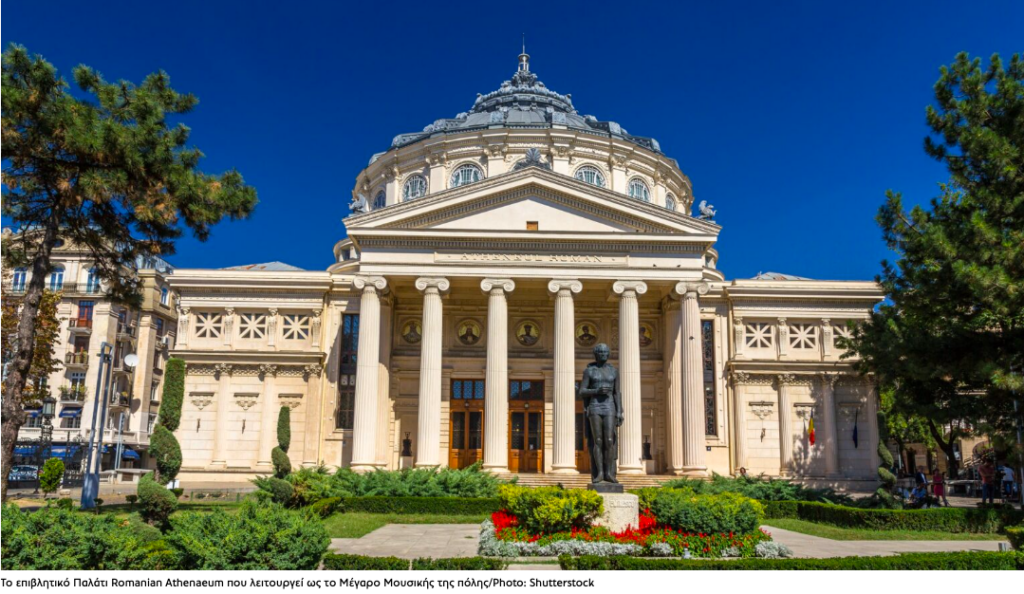Bucharest, the largest city in Romania and a major city in Eastern Europe is still finding its footing in the post-Ceaușescu era. A place where history blends seamlessly with modernity, Bucharest is often referred to as the “Paris of the East.” Walking its streets, you can feel the juxtaposition of the medieval past and the communist legacy with a contemporary, vibrant city on the rise.

Old Town Charm and Communist Grandeur
In the picturesque streets of the Old Town, the medieval beauty of Bucharest shines with its stunning buildings and impressive monuments. Not far away, you’ll encounter imposing remnants of the communist era, such as the colossal Palatul Parlamentului, commissioned by Ceaușescu in the 1980s. This building, the largest in Europe and the second largest in the world is a living reminder of Romania’s turbulent history.
The Iconic Squares
One must visit the central squares of the city, including Piata Revolutiei (Revolution Square), where the 1989 revolution against communism began. The luxurious northern neighborhoods extend from here, offering a contrast with their wide, tree-lined boulevards and green parks reminiscent of Parisian elegance.

On the other hand, Unirii Square, the largest in Bucharest, anchors Unirii Boulevard, which runs through a significant part of the city center, evoking the grandeur of Paris’ Champs-Élysées.

A City in Transition

Bucharest is a city in transition, steadily moving toward a brighter future while holding on to its rich historical charm.



Ask me anything
Explore related questions





